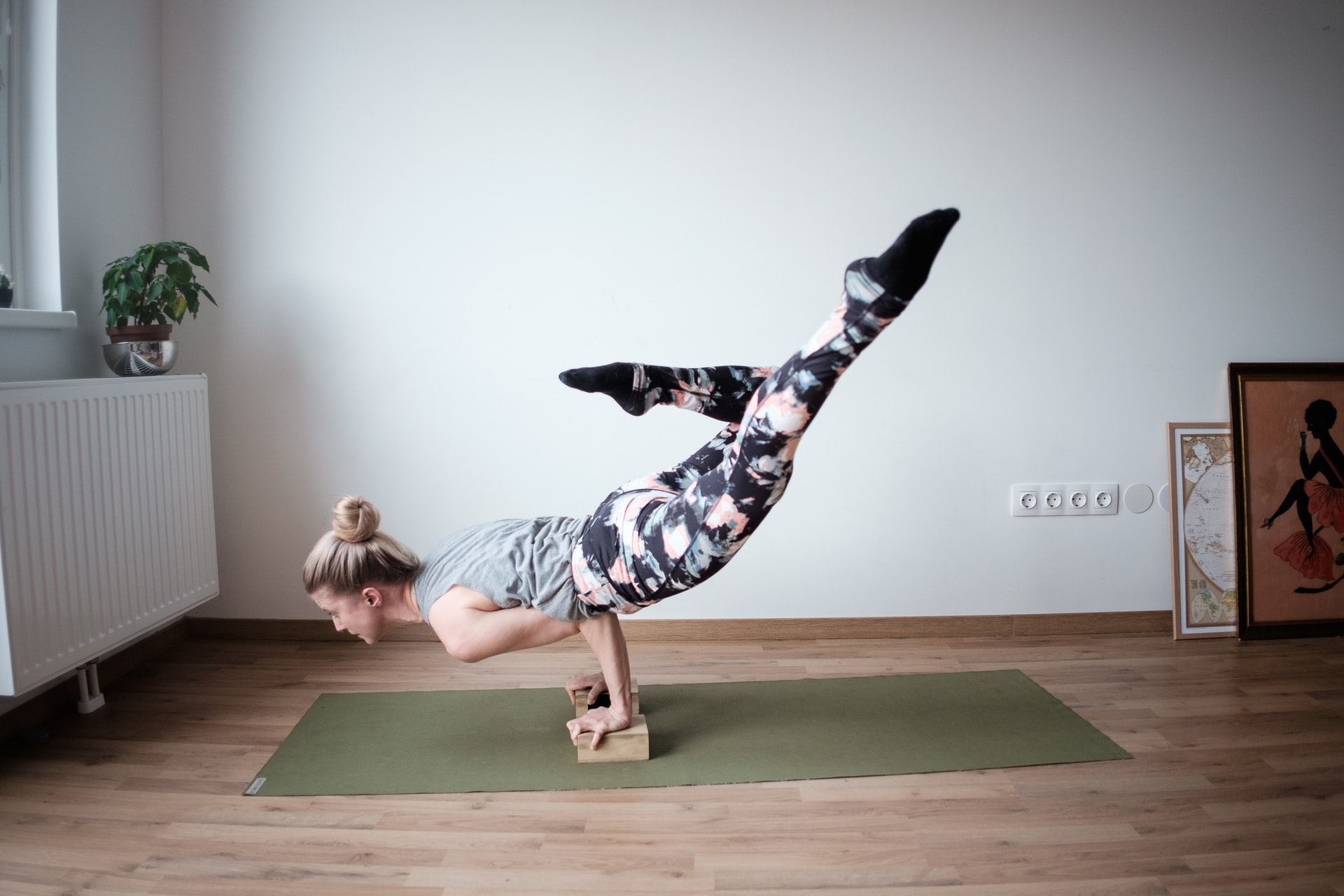This section of the exam is worth 25% percent, after all. To help you conquer the BCRPA Exam, we will show you how to approach movement mechanics questions. Let’s get to it.
Biomechanics (or Movement Mechanics)
You would think that this section is super complicated. After all, it counts for 1/4 of the 60 question exam. Check out the exam breakdown here. With the right approach, the questions will pose no threat to you. Here is are your steps:
First, understand the different terms, like force or resistance. Next, understand the concepts. One of the most important concepts is the lever system. How you manipulate the lever system will also influence how difficult or easy the workout is. 25% of the exam questions focus on this concept. But what does that mean…

If you recall grade school, you will have surely gone over lever systems. When talking about levers, there are 3 classes. These are classes 1, 2, or 3. Depending on the class, the location of the load (the weight), fulcrum (or axis of rotation), resistance (the force that goes against the motion of the object), and effort will be different. Where you produce the motion will be different too. However, the human body mostly has a class 3 lever system.
Framing Your Line of Thinking for the BCRPA Exam
Class 3 lever looks strangely like your elbow joint, right? Here’s how you should start analyzing the body part. Let’s use your elbow joint as an example.
The elbow joint acts as the fulcrum since movement occurs around this point. When thinking about the load, it can be the thing you are carrying in your hand, like a dumbbell. Resistance is directly related to the load and typically goes against the movement your body is trying to perform. If you are trying to lift a dumbbell, the resistance will be downward. On the other hand, effort is the work you have to do to move the load. When you overcome the resistance of the load, the system produces motion. Basically, if you are strong enough to bicep curl a 15 lbs dumbbell (meaning your effort is more than the resistance), you will be able to lift the dumbbell. This is the basic premise of a lever system.
For your exam, you will need to think about all of those things. The first thing you should do is find where your fulcrum or axis of rotation is, as movements occur around this area. Let me explain further.
Typically you will be given questions that involve comparing some workouts and determining which is more difficult—for example, push-ups from the knee vs. your toes. First, think about where the body part is anchored. This point will be your fulcrum/axis of rotation. In this example, the answers are your knees and your toes. Next, you want to think about which is easier to do. The answer is from your knees! This might be intuitive, but if you think about why this is…it is because doing push-ups from your toes mean that you are carrying more bodyweight. More bodyweight = more load = more resistance = more difficult to do. The opposite is also true.
Try applying this line of thinking to other questions. See if this helps you determine whether one workout is easier than the others.
Summary
Understand the lever systems and all of their components will help you on the exam. Once you grasp the concept, try applying it to different exercises. Think about where the fulcrum and the load are. What about the resistance? If you modify the exercise, will it be easier or harder, and why?
Want More Examples to Prep for the BCRPA Exam?
Head over to our BC Fitness Theory Course to enroll today. Get over 600+ practice questions to help you pass your exam!
